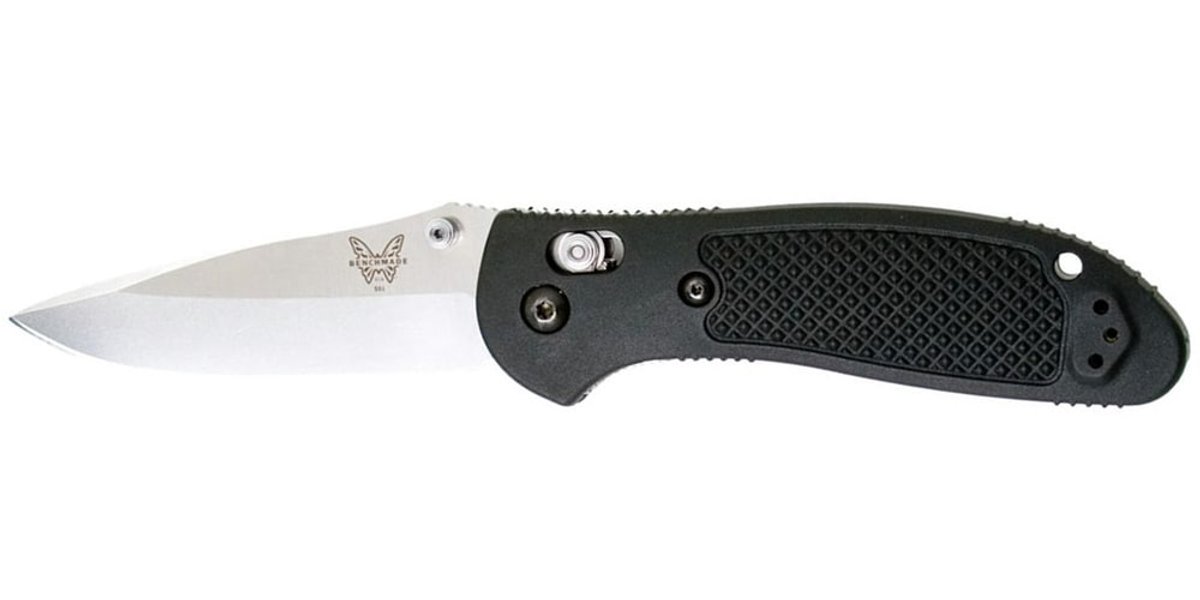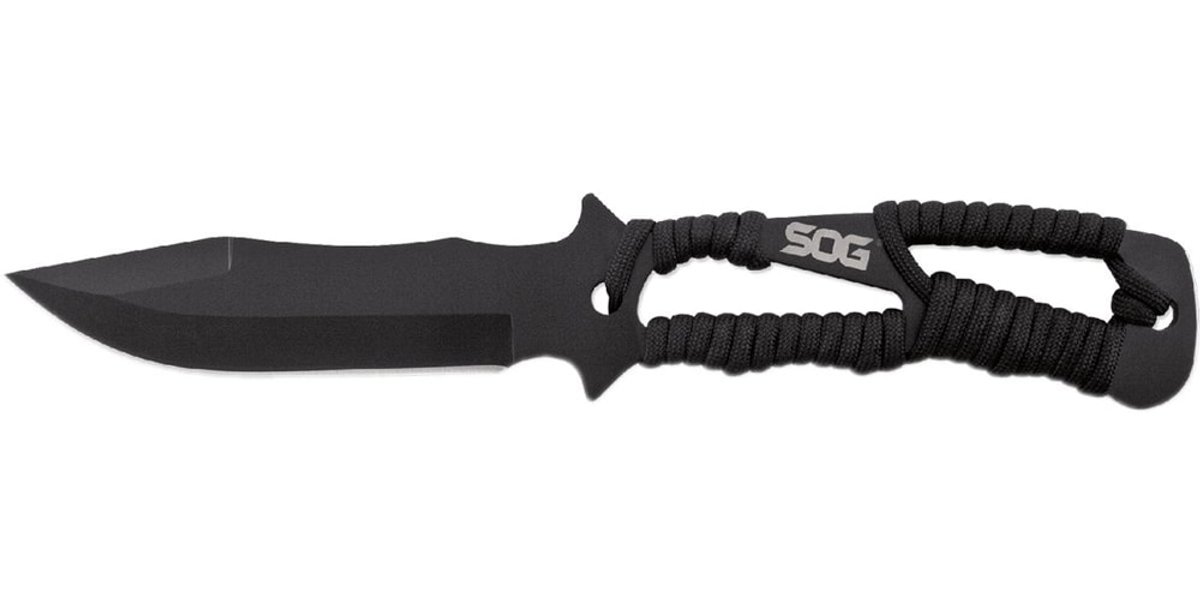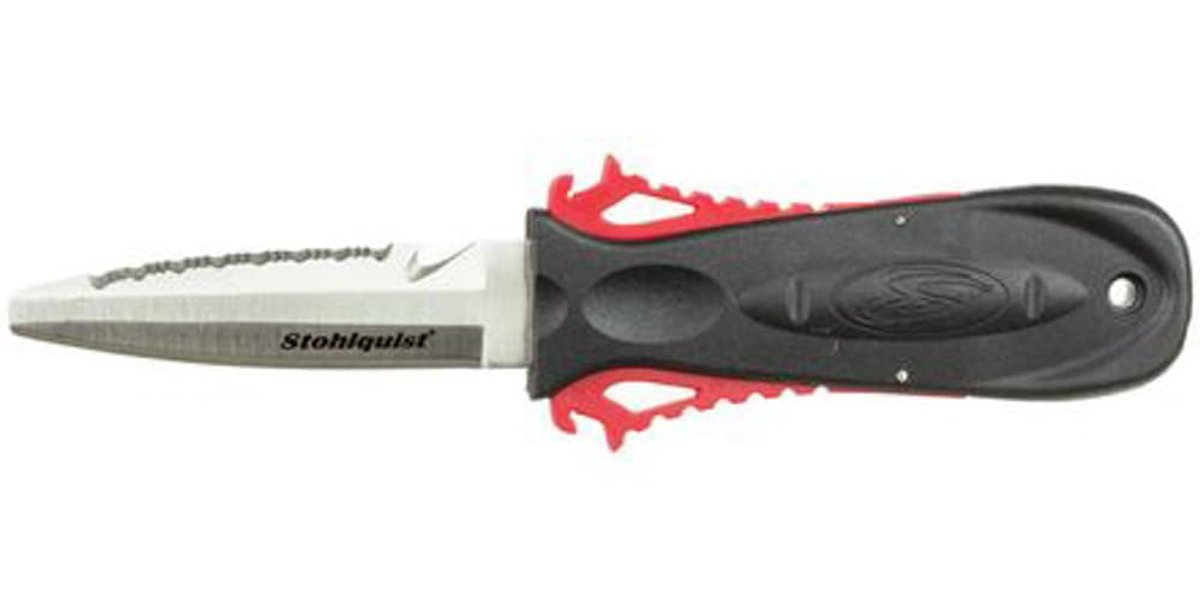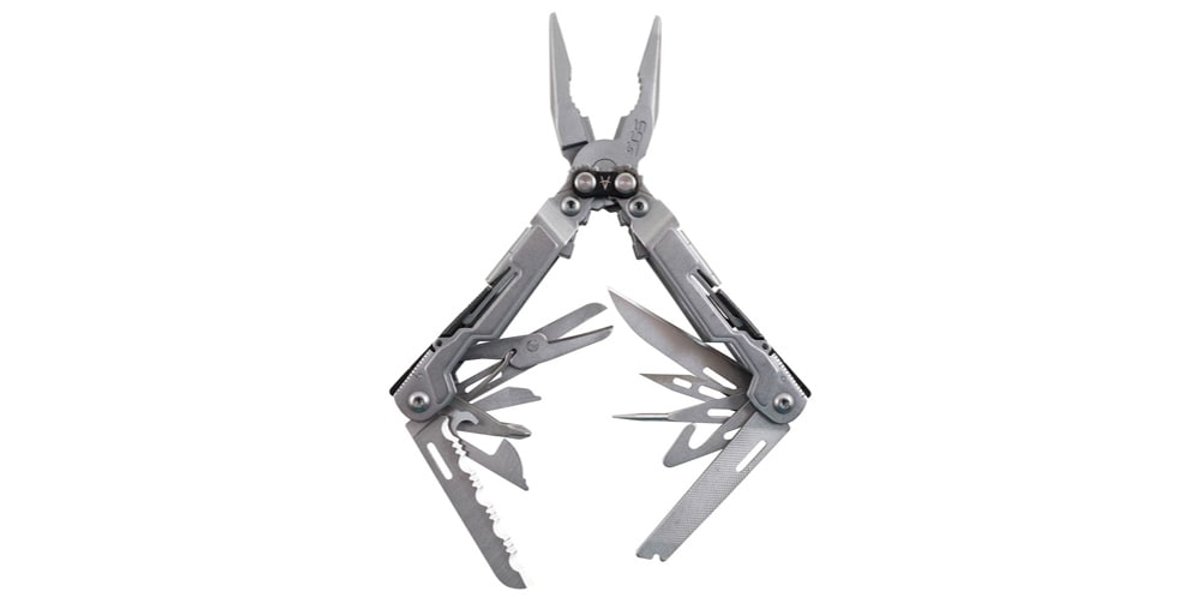Know Your Blade
A Guide to Knife Shapes
From pocket knives to the Bowie knife popularized in Crocodile Dundee, there’s a proper knife blade shape for any job. After you’ve blocked off your calendar for your next adventure (like one of these five summit to sea multi-day hikes!), it’s time to gather your gear. For almost every serious outdoor pursuit, a knife of some sort is a critical tool. Familiarize yourself with the following blades to better prepare for outdoor adventures, survival situations, and everyday applications.
Drop Point Knife
One of the most common knife blade types, the drop point blade, is most often used for hunting knives and larger pocket knife blades, but this blade style also works well as a tactical or survival knife. Characterized by a convex-shaped, sloping spine and a lowered point, they’re especially useful for controlled cuts—hunters find that a drop point blade’s large belly facilitates skinning. In addition, drop point blades have very strong tips that resist breaking, which is crucial in survival situations. The only downside is that this blade’s broad tip isn’t suited for piercing, especially compared to clip or spear point blades.

Clip Point Knife
One of the most popular knife blade styles is the clip point blade. The clip point’s front half appears to have been “clipped off,” hence the name. The clipped-off area can be straight or concave, and the tip created through this design renders the blade capable of easily controlled cuts, much like the drop point blade. However, unlike the drop point blade, the clip point’s tip is much sharper and thinner for easier stabbing. This is great for piercing objects, but this sharp tip also subjects the blade to easier breakage.
A popular version of this blade design is a Bowie knife, often used for hunting. You’ve seen a Bowie knife in action if you’ve seen the Crocodile Dundee scene where Mick fends off a mugging and exclaims, “That’s not a knife…That’s a knife!”
Spear Point Knife
Symmetrical in shape, a spear point blade features a tip that lines up with the blade’s center. Often used on throwing knives, spear point blades effortlessly pierce and stab. The blade’s sharp point provides strength, durability, and long-lasting use. Its small belly can slice through objects, but it’s not well-suited for slicing and cutting when compared to sheepsfoot, drop point, or clip point blades.

Sheepsfoot Knife
The sheepsfoot blade is a cutting and slicing specialist. A long, flat edge makes this blade popular with emergency responders who need a knife to cut through seatbelts and restraints. Sailors love this blade for its ability to cut through lines of varying thicknesses, small ropes, and rigging without piercing sails or sailing equipment. A minimized, false point prevents accidental punctures while using this blade.

Tanto Knife
Derived from Japanese samurai swords, the modern tanto blade is an Americanized version popularized in the ’80s on tactical knives. Tanto blades are popular with military personnel and law-enforcement groups for their strength and versatility at cutting through a large array of objects. This knife blade resembles a dagger with a gently sloping spine that meets the blade edge at a sharp, angular point. Tanto blades can pierce, stab, and slice, making them highly versatile in outdoor applications and survival scenarios.
Blunt Tip Knife
Blunt tips aren’t exactly a blade design—they’re more of a modification to pre-existing spear point blades used for playboating, kayaking, and watersports. A blunt shape prevents accidental stabbing when cutting your boat free from entangled throwlines or monofilament fishing line. These specialty knives usually feature corrosion-resistant materials like titanium or stainless steel, and a blunt blade will often be attached to a PFD lash tab for easy access when paddling.

Pocket Knife
Jack-of-all trades versatility defines pocket knives, and more specifically, the iconic Swiss Army Knife. The Swiss Army Knife originated in the 1880s when the Swiss Army bought folding, pocket-sized knives for their soldiers who used them to open cans and disassemble rifles. Victorinox and Wegner produce pocket knives under the Swiss Army Knife name, although smaller, off-brand manufacturers make pocket knives as well.
Pocket knife blades don’t have a specific type, but they often feature drop point blades plus a variety of tools, such as scissors, can/bottle openers, pliers, toothpicks, screwdrivers, and serrated saws. With their multi-tasking personality, pocket knives are great for everyday applications, and they work well for outdoor and survival scenarios where multi-use functionality is imperative. They’re also generally lighter than other types of knives, and their many uses make them perfect for a backpacking trip where you’re trying to lighten your load. As a fun side note, Wegner makes the world’s largest pocket knife (it’s probably not pocket-sized, but that’s not the point) with some 85 different tools that can be used in 141 ways.

Serrated Knife
A serrated blade is advantageous when slicing through coarse, textured objects like rope, tree branches or thicker objects that require a back-and-forth sawing motion. Often found on pocket knives and combo knives, serrated blades have tooth-like serrations that grab and cut through objects with relative ease when compared to straight blades. The downside is that these knife blade designs tend to be more difficult to sharpen than straight blades, requiring a special sharpening rod which fits between the serrations.

Understanding the various knife blade shapes and their specific purposes can be empowering—if there’s a best tool for the job, use it! Chances are, you may already own some of these knife types or recognize similarities in your kitchen knife set. You don’t have to own every type of knife, but if you regularly use a knife in an outdoor pursuit or activity, make sure you’re using the safest and most effective blade for the task at hand.
Related
From Summit to Sea: 5 Hikes That Include Elevation and Ocean
Tips for Lightening Your Backpacking Load